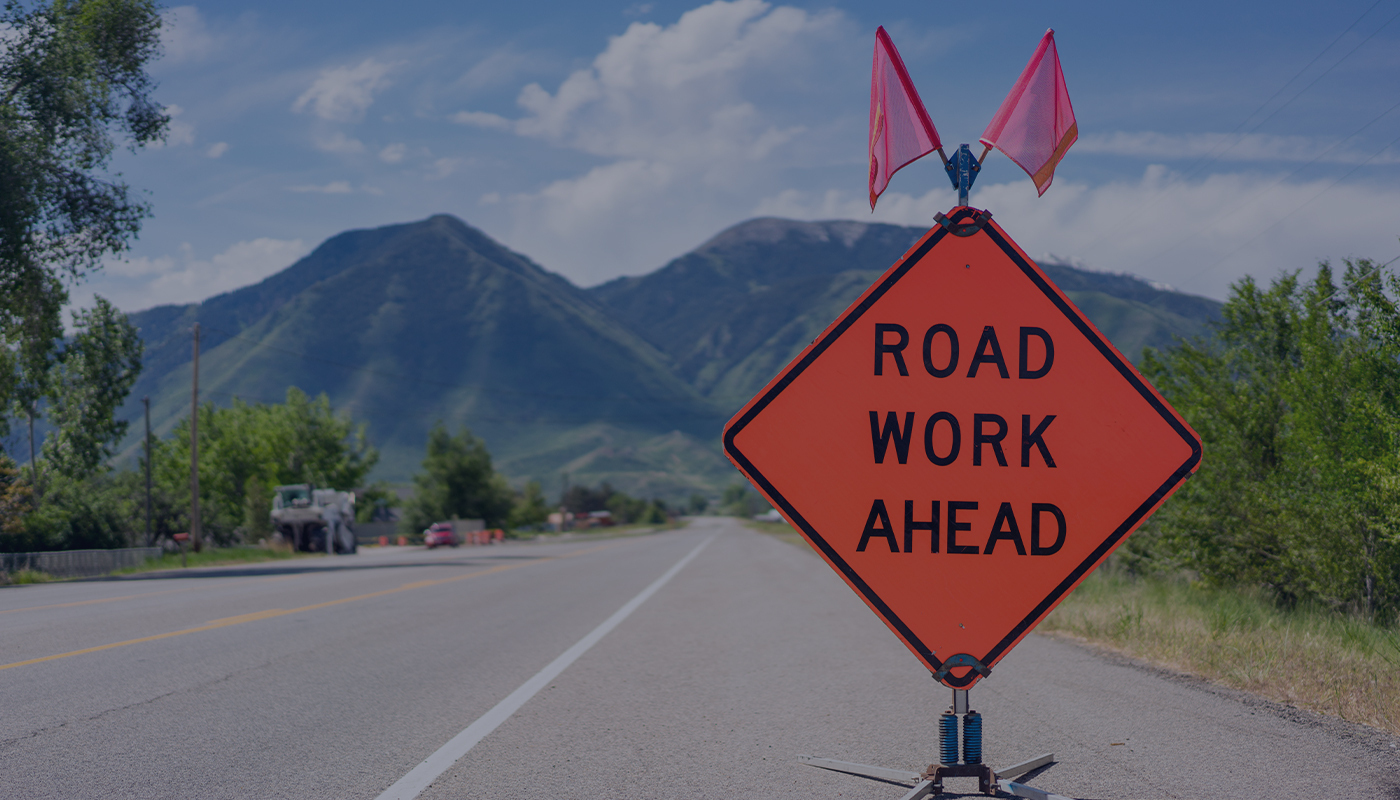We’re going to dive straight into some numbers about highway work zone incidents. Although most people know that work zones pose safety risks for vehicle traffic as well as for construction workers, seeing the actual facts attached to that general information can help our country find a safer way forward. Awareness is the first step toward change and saving lives!
The National Institute for Occupational Safety and Health (NIOSH) recently released highway work zone safety data that accounts for both traffic deaths and worker fatalities. At InfraStripe, we want to communicate this information compassionately, because we remember that every single life represented in these numbers is connected to family and loved ones who have endured a tragic loss. We share these numbers respectfully and with the goal of advocating for greater awareness and continual improvement in safety protocols and equipment.
Motor vehicle incident fatalities: an average of 772 a year from 2015-2017
Construction worker deaths: an average of 123 a year from 2003-2017
67% of work-related deaths in work zones occurred among the following occupations:
- Construction laborers (473)
- Heavy and tractor trailer drivers (250)
- Construction equipment operators (200)
- First-line supervisors of construction and extraction workers (163)
- Highway maintenance workers (142)
Further analysis of incidents resulting in construction worker deaths from 2011-2017 includes the following:
- Transportation events accounted for 76 percent of roadway work zone fatal occupational injuries.
- Backing vehicles accounted for 89 of the 345 worker deaths in a work zone for which the direction of travel was recorded.
- Pickup trucks and SUVs accounted for 151 worker deaths at road construction sites from 2011-2017, followed by machinery (131), automobiles (129), semi-trucks (124), and dump trucks (82).
What kinds of measures can be taken to protect workers?
In light of the high number of deaths related to construction equipment and vehicles within work zones, the CDC is working to advance training and awareness of work zone equipment visibility and providing other trainings and resources to construction companies. Proactive construction crew supervisors can help enforce the use of PPE and conduct safety checks at the beginning of each shift. Creating a culture of safety and accountability among crews throughout the nation is essential for worker safety. We invite all construction-associated industries to join the effort to protect lives! Know more, do better.
